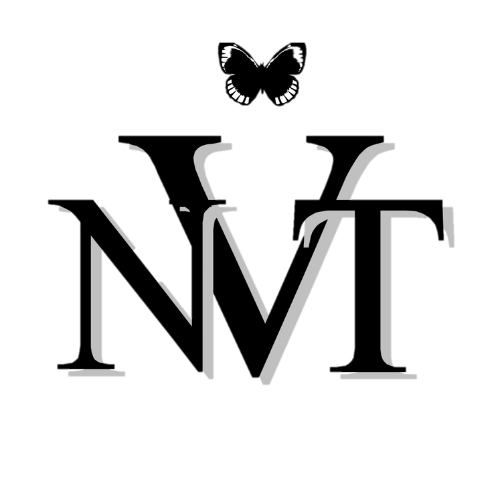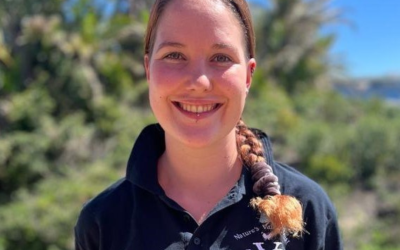by Brittany Arendse
During my Master’s I received a lot of interesting feedback on what people pictured when they heard about my work. One particularly hilarious conjuring includes me standing in the field, my hair a tangled mess (I imagine much like a mad scientist), with male and female flower parts in each hand, violently pressing them together, while shouting ‘POLLINATE! POLLINATE!’ I can honestly say this is not how it works, it is actually a much more delicate and, I like to believe, graceful process and also much less violating.
Today, a few years on, I was transported back to my days as a pollinator: I have been asked, by the powers that be (Mark), to bestow all I have learnt to Jennifer Angoh (poor child), our newest postgraduate student. The process of hand-pollinations is actually quite simple, in theory. It entails delicately removing pollen from the anthers of one flower and applying it to the stigmas of the next, either by cross-fertilisation (pollen from a particular individual fertilises the stigma of flowers on a completely different individual) or self-fertilization (pollen from a particular individual fertilises the stigma of flowers on the same individual). Not so easy when the wind is howling at 100km/h. An actual pollinator, I am sure, would’ve been blown all the way along the N2 towards Plett and possibly even splattered on the windscreen of a speeding Eastern Cape car.

Erica sessiliflora
Today was definitely a taxing day in the field, if the wind was not blowing the pollen from our hands, I was tripping over strategically placed roots and branches…well played nature! The fact that Jennifer and I are both on the shorter side (or vertically challenged) did not help with the pollination of an Erica sessiliflora that is almost 2 m tall. But we made it through the wind and unfriendly terrain and did our job, as a good pollinator does. At this point, you may ask, ‘Why, why be a pollinator? It seems like so much work?” Well, it is, but this is the most effective way of assessing a species’ breeding systems, i.e. the way they reproduce! And what is the purpose of being a pollinator/scientist, if not to go where no pollinator/scientist has gone before?
 Jennifer (left) and Brittany (right) pollinators against all odds.
Jennifer (left) and Brittany (right) pollinators against all odds.



